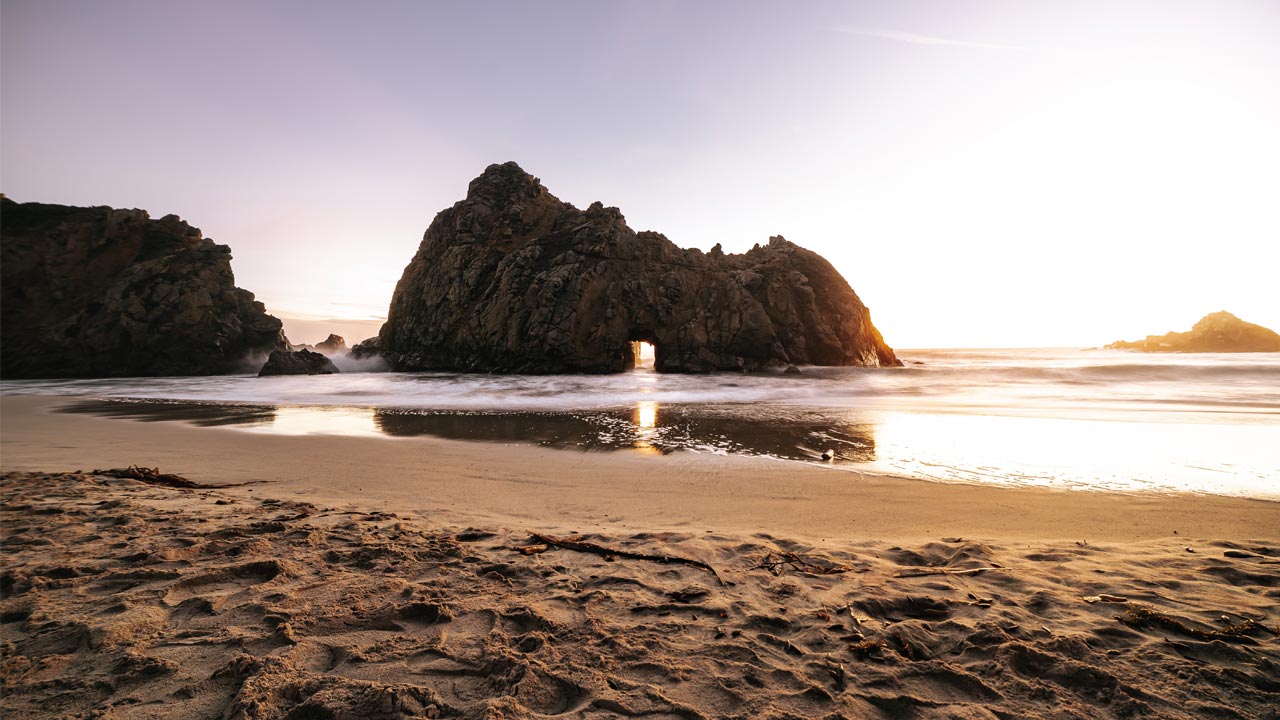There’s something magical about the golden hour. That fleeting time just after sunrise and just before sunset, when the world is bathed in a soft, golden hue. For photographers, this is often referred to as the “magic hour,” and it offers the perfect backdrop for capturing awe-inspiring images. If you’ve ever wondered how to harness the power of the golden hour for sunset photography, you’re in the right place. Dive into our step-by-step guide to perfect your sunset shots.
1. Understand the Golden Hour
Before you can master sunset photography, it’s essential to understand what the golden hour is. Contrary to its name, the golden hour doesn’t always last an hour. Its duration varies based on your geographic location, time of year, and weather conditions. Essentially, it’s the time when the sun is just below the horizon, casting diffused, golden light that’s free from the harsh shadows and glare of midday.
2. Scout the Perfect Location
Begin by selecting a prime location for your shoot. Look for places that offer a clear line of sight to the horizon. Beaches, open fields, or elevated locations like hills or rooftops can be ideal. Also, consider the composition of your photo. The golden hour offers a beautiful backdrop, but incorporating interesting elements – like silhouettes, reflections, or leading lines – can elevate your image.
3. Gear Up
While the golden hour provides natural beautification, having the right gear can make a world of difference:
- Camera: Any camera, from DSLRs to smartphones, can capture the golden hour. However, having manual settings can offer more control.
- Tripod: With lower light conditions, a tripod ensures stability, preventing blurry images.
- Lens: A wide-angle lens can be perfect for landscapes, while a prime lens with a wider aperture can capture more detailed shots.
- Filters: Consider using graduated neutral-density filters to balance the brighter sky with the darker ground.
4. Set Your Camera
Here’s a quick checklist for camera settings:
- ISO: Keep it low (around 100-200) to reduce noise.
- Aperture: Depending on your subject, an f/8 to f/16 will usually give a sharp image and a broader depth of field.
- Shutter Speed: Adjust based on light availability. A tripod can allow for longer exposures without camera shake.
- White Balance: Set to ‘shade’ or ‘cloudy’ for warmer tones.
5. Composition is Key
A sunset itself is beautiful, but a well-composed image can turn it into a masterpiece:
- Rule of Thirds: Imagine your frame divided into nine equal segments. Place the sun or other primary subjects at these intersections for a balanced composition.
- Silhouettes: Position subjects between your camera and the sun to create dramatic silhouettes.
- Reflections: Utilize natural water bodies or even puddles to capture the sky’s reflection.
6. Be Patient and Persistent
The light changes rapidly during golden hour. Sometimes, waiting just a few minutes can drastically alter the mood and lighting of your shot. Be prepared to adjust your settings on-the-fly and take multiple shots.
7. Post-Processing
While the golden hour offers natural beauty, post-processing can enhance your images. Adjust the contrast, saturation, and shadows. Tools like Lightroom or Photoshop can be invaluable. However, always ensure edits enhance the photo’s natural beauty rather than overshadow it.
8. Learn from Others
There’s a vast community of photographers who regularly capture the golden hour. From social media to photography websites, immerse yourself in others’ work. Learn, get inspired, and don’t hesitate to ask for tips.
9. Practice Makes Perfect
The golden rule of mastering sunset photography? Practice. The more you shoot during this magical time, the better you’ll become. Understand the patterns, predict the light, and always be ready to capture the moment.
Conclusion
Sunset photography during the golden hour is both an art and a science. By understanding the intricacies of light, selecting the perfect gear, scouting locations, and practicing regularly, you can capture images that truly resonate. Remember, every sunset is unique, so each photograph will tell its own story. Embrace the beauty of the golden hour and let your creativity soar.
Until next time, keep chasing the sun!
Looking for something else? Check out our tutorial Long Exposure Landscape Photography!

1 thought on “Master the Golden Hour: Sunset Photography Guide (2023)”